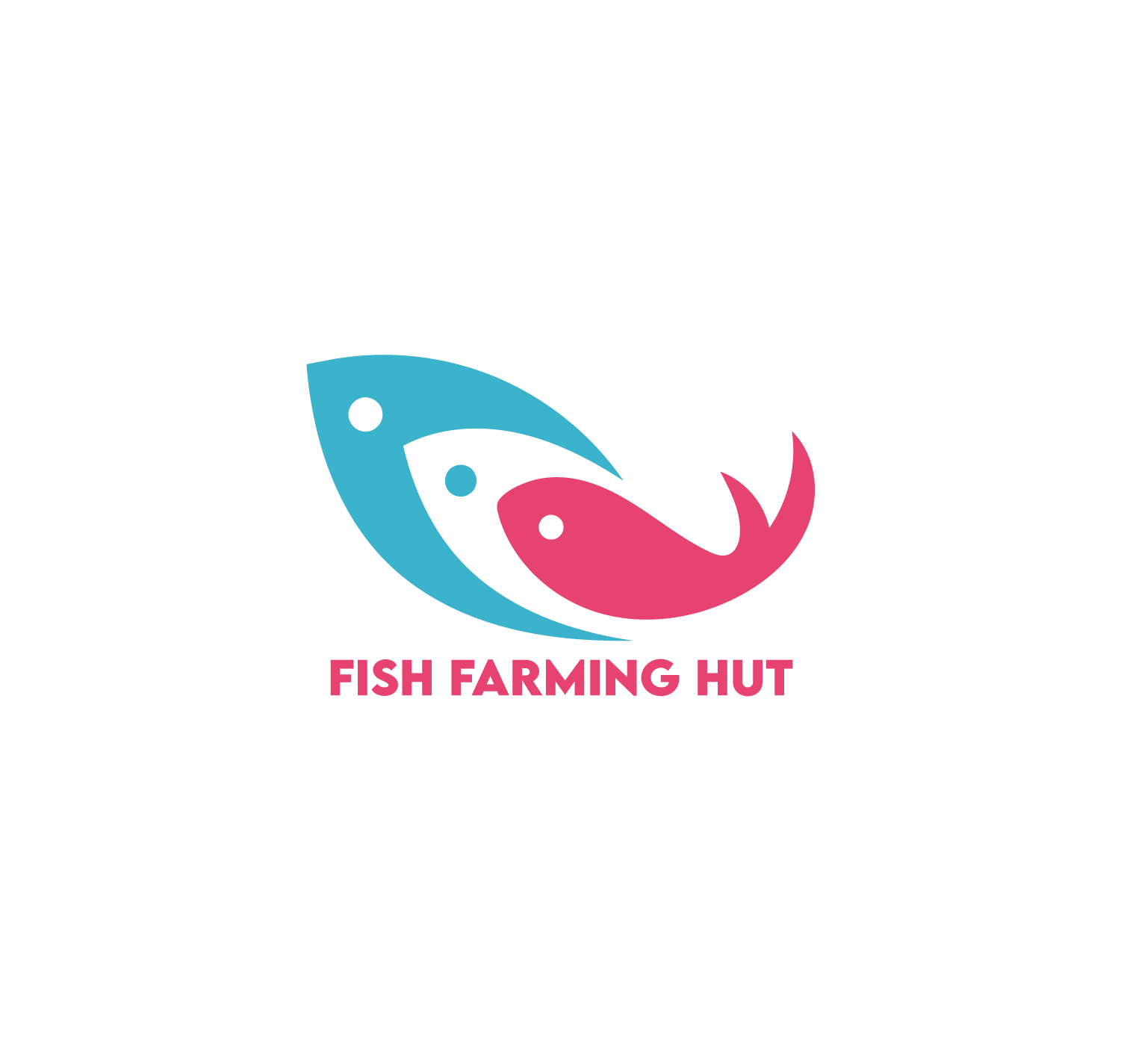In light of Singapore’s recent construction of an eight-story vertical fish farm, discussions around the feasibility of large-indoor fish farms in urban areas have become a topic of conversation among commercial fish farmers and advocates of food security. But what fish can you farm on a vertical fish farm?
While vertical fish farms are a new method of commercial fish farming, they typically involve tanks and controlled indoor environments. Therefore, most fish species can be farmed in vertical fish farms, provided there is sufficient space, equipment, and expertise to meet their needs.
When deciding the species of fish to farm in a vertical fish farm, it is essential first to assess one’s indoor farming capabilities, after which you can determine what species of fish will thrive in your farming setup:
How To Choose Fish For A Vertical Farm?
Because vertical fish farms are typically extensive, commercial facilities that rely on skilled labor and technology to create accurate, artificial environments, vertical fish farms can be used to raise various aquatic animals and plant life.
Because of the variety of fish species indoor vertical fish farms can raise, the first question should not be “what fish can you farm?” but rather “how to choose which fish to farm?”
Therefore, the following characteristics of a vertical fish farm will determine which fish you should raise:
How these questions are answered and what indoor features a vertical farm has, will determine the species of fish best suited for a vertical fish farming operation.
What Species Of Fish Can I Farm In A Vertical Farm?
Because vertical fish farms are controlled indoor environments, Professor Dickson Despommier, who developed vertical farming, has gone on record saying:
“There’s no limit except your imagination as to what we can do indoors. We can produce shrimp; we can produce mollusks; you can raise trout, striped bass, catfish...”
While Professor Dickson Despommier believes that all fish or aquatic species can be farmed in vertical farms, the following seven species are typically found in vertical farms presently or are being prepped for future vertical farming projects:
- Shrimp
- Mollusks
- Trout
- Striped bass
- Catfish
- Tilapia
- Milkfish
1. Shrimp
As one of the leading aquatic animals farmed in Singapore’s vertical fish farm, shrimp do well in indoor environments, subject to carefully controlled environments, with vannamei shrimp as the primary species.
However, while shrimp have shown to do well in farms in Central America, Southern America, and Asia, their growth in vertical fish farms in America is debatable, as they require particular environments to thrive.
Vertical farming entrepreneur John Diener has explained the rationale for farming shrimp in vertical farms as follows:
“The plan has been developed around shrimp; they’re a unique product in terms of their flavor profile,”
While there is still much work regarding shrimp farming techniques in vertical farms, estimates from Singapore’s vertical farm in 2020 stood at an approximate yield between 500kg and 600kg of shrimp per cycle.
2. Mollusks
Commercial indoor mollusk farming typically involves the farming of common bivalves and gastropods such as:
- Mussels
- Oysters
- Scallops
- Clams
- Cockles
- Abalones
Although over 80% of commercial mollusk farming happens in China and other Asian countries, commercial mollusk farming is growing in certain American states such as Washington, Virginia, and Connecticut.
3. Trout
As a species of fish that thrive in indoor commercial farms, it’s unsurprising that Professor Dickson Despommier sites trout as a species that thrive in vertical farms.
4. Striped Bass
Although Brooklyn-based Upward Farms is known for harvesting vegetables on their vertical farms, they have introduced striped bass into their farming operations.
The plan is to construct a facility of approximately 6 acres in Pennsylvania, which will house striped bass in separate tanks from their vegetable trays.
The purpose of introducing striped bass is to establish an artificial symbiotic relationship between the fish and the vegetables. Vegetables will be fertilized by the waste produced by the farmed bass through this method.
The importance of commercial bass farming cannot be overstated, as wild sea bass is a well-known species of fish that is seeing its wild population declining due to overfishing and polluted environments! Fortunately, farmed bass has a similar taste profile to wild bass.
5. Catfish
Catfish are freshwater fish that can be successfully grown in vertical fish farms. However, because of the size of catfish and their rapid growth cycles, it is essential to house them in large enough tanks to facilitate this growth.
Furthermore, regardless of the subspecies of catfish chosen in a vertical farm, all catfish are resistant to disease and parasites.
In conclusion, while Professor Dickson Despommier sites catfish as a viable species for vertical farms, it is unlikely that catfish farming will see the level of production currently seen across American commercial farms that prefer outdoor ponds to raise catfish.
6. Tilapia
Despite not being native to America, the various tilapia species have made them an ideal fish for commercial farming globally, including Singapore’s vertical fish farm.
However, it has been stressed that although tilapia are a viable species for vertical farming, their benefits lie more in their status as a filter-feeding species.
7. Milkfish
Similar to tilapia, milkfish are valued in vertical farms due to their status as a filter-feeding species.Conclusion
When considering the feasibility of fish species in a vertical fish farm, the primary consideration is less on the farming method and more on whether a commercial fish farmer has the resources needed to develop their chosen fish species in an indoor environment.
